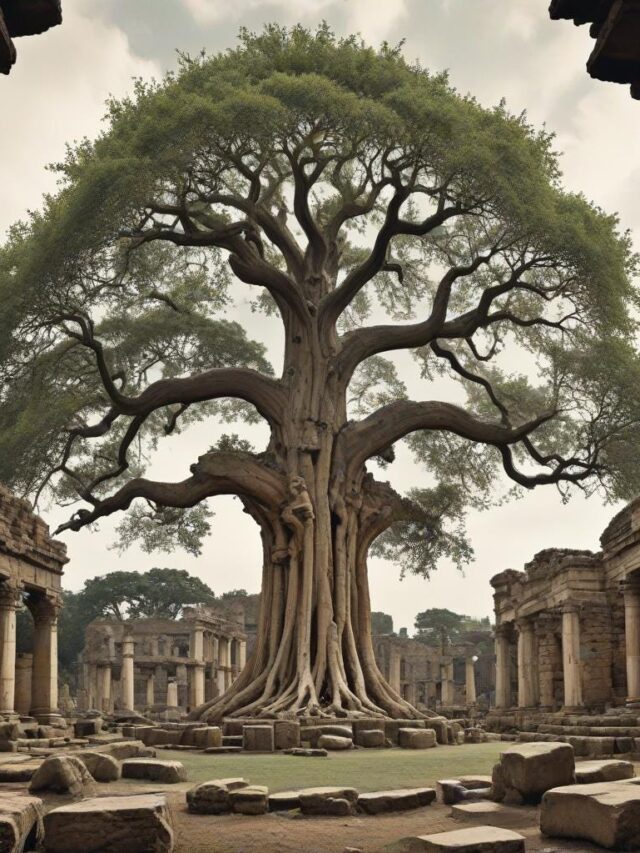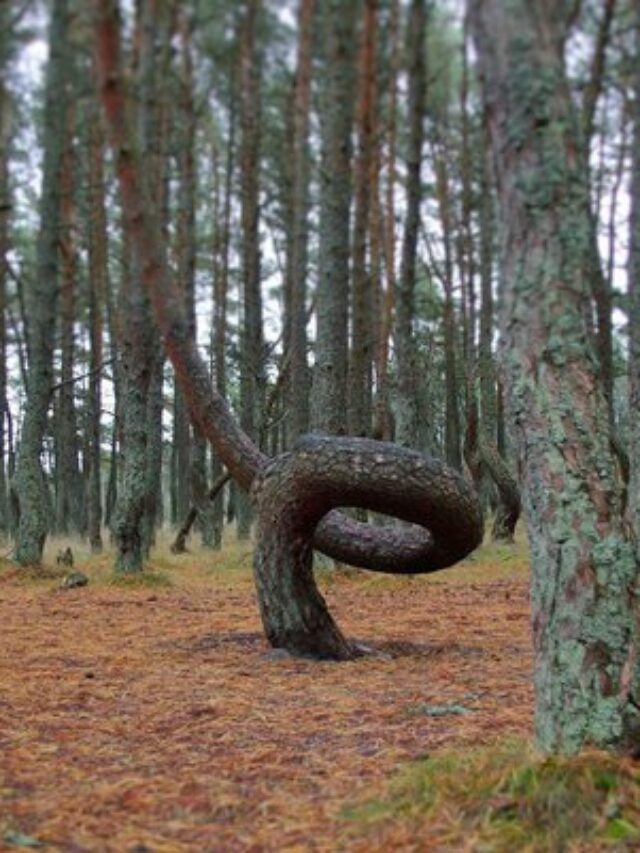Web story
Weird Trees Part – 6

1. Wollemi Pine (Wollemia nobilis)
- Location: Australia.
- An uncommon and old conifer found in a secluded part of Australia’s Wollemi National Park in 1994. Because it is a member of a genus that originated during the period of the dinosaurs, this tree is frequently referred to as a “living fossil”. Its unique, fern-like foliage and dark, knobby bark make it a botanical wonder and a top prioraity for conservation.
2. Ghost Tree (Mohavea confertiflora)
- Location: Southwestern United States.
- An unusual flowering plant found in the deserts of northern Mexico and the southwest of the United States. It thrives in dry conditions and has light, ghostly white blooms with purple markings. The ghost tree contributes to the ecosystems of deserts and is well suited to its hostile environment.
3. Sand-Shedding Pine (Pinus pinea)
- Location: Mediterranean Basin.
- This tree, which is indigenous to the Mediterranean, is also referred to as the umbrella pine or the Italian stone pine. Its huge, delicious pine nuts and wide, umbrella-shaped canopy are its defining features. The sand-shedding pine is frequently grown in landscapes as a decorative tree and for its nuts.
4. Angel Oak (Quercus virginiana)
- Location: South Carolina, USA.
- An enormous southern live oak that is thought to be 400–500 years old is situated in South Carolina, USA. With a canopy that shades more than 1,600 square meters, the Angel Oak is roughly 20 meters tall. It is a cherished natural landmark and a representation of tenacity and beauty due to its expansive branches and remarkable antiquity.

























